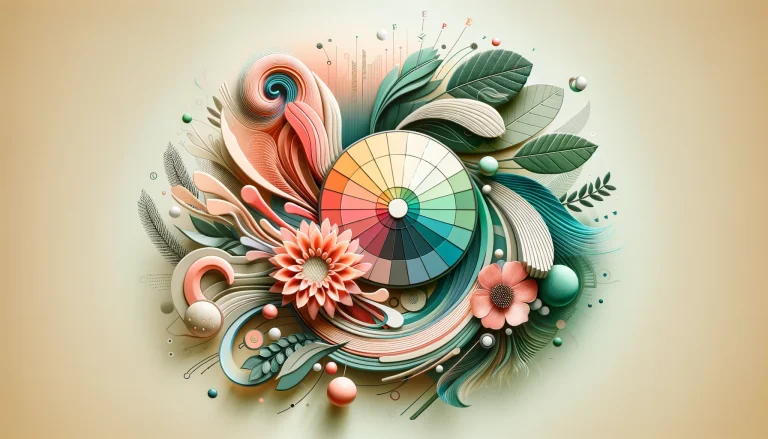Getting Emotional: How Your Brand Can Win Hearts (and Wallets)
Note: This post may contain affiliate links; I may earn a commission (at no extra cost to you) if you make a purchase via my links. See my disclosure for more info.

Ever wondered why some brands stick in your mind like a catchy tune, while others fade faster than a cheap t-shirt in the wash? It’s not just about flashy logos or clever taglines. The secret ingredient? Emotion.
I’ll let you in on a little secret: your brand’s success hinges on how it makes people feel. Shocking, right? But trust me, this isn’t just touchy-feely nonsense. It’s backed by cold, hard facts.
Table of Contents
The Emotional Rollercoaster of Brand Experiences
Think about your last memorable brand interaction. Was it the mind-blowing benefits of a new gadget that stuck with you? Or was it the warm, fuzzy feeling you got when the sales person went above and beyond to solve your problem?
Horst Schulze, the brains behind the Ritz-Carlton Hotel Company, nailed it when he said:
“Customers may not remember what the quality of your product was, but they will always remember how their customer experience made them feel.”
It’s not that your product’s quality doesn’t matter – it absolutely does. But when it comes to creating lasting impressions and loyal customers, emotions are what sells.
The Feels That Seal the Deal
So, what exactly are these magical emotions we’re after? Let’s break it down:
- Relief: When your product or service solves a nagging problem
- Gratitude: When you anticipate and address a customer’s needs
- Confidence: When your brand helps someone feel like their best self
But it’s not just about positive vibes. Negative emotions can send customers running for the hills faster than you can say “refund policy”. In fact, research shows that people who have a negative experience are 30% less likely to buy from you again. Ouch!
From Transactions to Lifelong Fans: The Customer Experience Journey
Here’s where things get interesting. As an entrepreneur and savvy marketer, you know that your job doesn’t end when the sale is made. Oh no, my friend. That’s just the beginning.
The real magic happens when you transform one-time buyers into raving fans. How? By crafting an end-to-end experience that keeps them coming back for more.
And don’t think you’re off the hook if you’re in the B2B world. Even the most hardened business execs have feelings (shocking, I know). That “gut feeling” they talk about in negotiations? Pure emotion.
Painting Your Brand with Emotional Colours
So, how do you infuse your brand with this emotional secret sauce? It starts with strategy:
- Brand Strategy: Be bold, be memorable, be consistent. Uncover what makes your brand unique and weave it into everything you do.
- Marketing Strategy: From social media to SEO, make sure every touchpoint tells your emotional brand story.
- Customer Journey Mapping: Identify the key moments where you can create positive emotional connections.
Remember, it’s not about manipulating feelings – it’s about genuinely understanding and addressing your customers’ emotional needs.
The Never-Ending Story of Customer Love
Here’s the really exciting part: when you get the emotional experience just right, you create a virtuous cycle. Happy customers become loyal fans. Loyal fans become enthusiastic advocates. And before you know it, you’ve got a thriving community that’s doing your marketing for you.
Take Monzo, for example. Their recent ad campaign brilliantly tapped into the emotional rollercoaster of personal banking. By promising a positive, stress-free experience, they’ve created a brand that people actually want to talk about. (When was the last time you raved about your bank to your friends?)
Time to Get Emotional (In a Good Way)
Ready to unlock the emotional potential of your brand? Here are three steps to get you started:
- Customer Profiling: Dig deep into understanding your ideal customers’ emotional needs and motivations.
- Brand Strategy: Develop a compelling emotional narrative that aligns with your values and goals.
- Marketing Motivators: Identify the right emotional triggers to use in your marketing messages.
Remember, it’s not about making people cry (unless you’re John Lewis at Christmas). It’s about creating genuine connections that resonate with your audience.
Feeling Inspired?
Navigating the world of brand emotions can be tricky, but the rewards are immense. If you’re ready to tap into the power of emotion and transform your brand experience, I’m here to help. Let’s chat about unlocking your brand’s emotional potential – and watch those customers fall head over heels.







